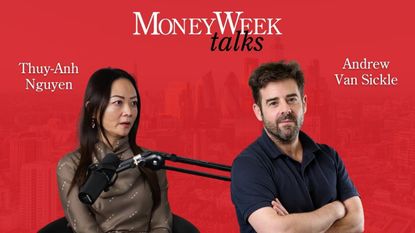Investing
The latest news, updates and opinions on Investments from the expert team here at MoneyWeek
Explore Investing
-

How much do you need to earn to afford the average rent?
Rental growth is slowing and making rents more affordable for tenants, but what hwo much do you need to earn to afford the average UK rent?
By Marc Shoffman Published
-

FCA launches scam checker tool after 800,000 suspected to have lost money to fraudsters
Savers and investors can use the tool to check if a firm is the 'real deal' and is actually authorised to provide the services it is offering
By Laura Miller Published
-

Top 10 locations for buyers and renters revealed
London is crowned as the most popular location for renters and buyers, despite rising costs. But where else are house hunters heading to?
By Sam Walker Published
-

Top investment scams to beware of
Fraudsters are finding ever more sophisticated ways of stealing your hard-earned money. Before parting with a penny, read our guide on the top investment scams and how to avoid them
By Samantha Partington Last updated
-

Nvidia’s shares rise on Trump’s China chip concession
The lucrative Chinese market may be back in play for Nvidia as Donald Trump signals H200 chip exports could be permitted
By Dan McEvoy Last updated
-

The top stocks of 2025 - did you pick a winner?
As a chaotic year in the stock market draws to a close, we review which stocks were investors’ top picks for 2025
By Dan McEvoy Published
-

Will mortgage rates fall this year?
Mortgage lenders are battling it out for business before the end of the year. Whether you're buying a home, remortgaging or you’re a buy-to-let landlord, we look at the outlook for mortgage rates this year and into 2026
By Ruth Emery Last updated
-

Netflix shares fall on Warner Brothers acquisition news
Netflix is looking to expand its market share through the acquisition of a major rival, but investors don’t seem to like it. Should you invest in Netflix?
By Dan McEvoy Last updated
-

What’s happening with UK house prices? Latest property market moves and forecasts
House price growth has slumped in the build-up to the Autumn Budget and forecasts suggest it may slow further following the latest fiscal update. Where are prices heading for the rest of 2025 and beyond?
By Daniel Hilton Last updated



